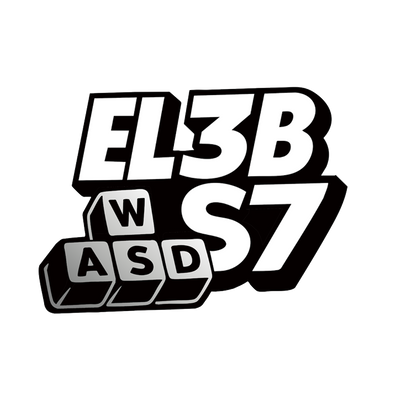Keyboard sizes
Every individual has unique needs and preferences for their work and gaming space. Someone who should not use up precious desk real estate for a numpad if they never have a use for it.
It only makes sense that several size keyboards have emerged in popularity to serve different niches. There is no universal best, just best for you. This post will cover all the main keyboard sizes, so you know options are out there.
Why different size keyboards?
While full size keyboards have every key you would need, there are reasons to go for something smaller or different. More compact keyboards leave room for your mouse, making for a more ergonomic gaming posture.
Full size keyboards are quite long and can take up a good amount of desk space on a smaller desk, so a different sized keyboard can really free up real estate.
Full size keyboards are also cumbersome to pack away and travel.
Keycap width measurement
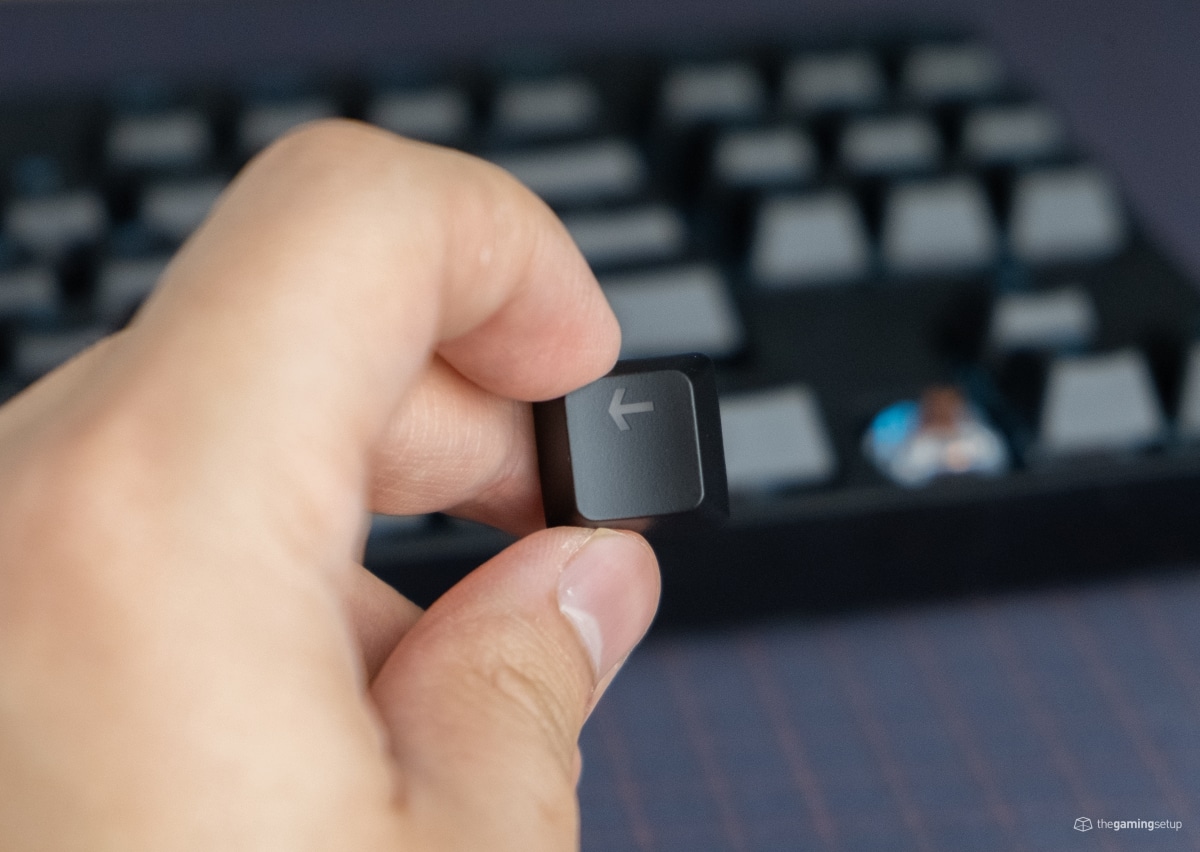
I like using keycap units as a unit of measurement for a keyboard. Keycap width is measured in u, for unit. A typical key cap u is approximately 19mm in width. A standard keycap is 1u, while most spacebars are 6.25u.
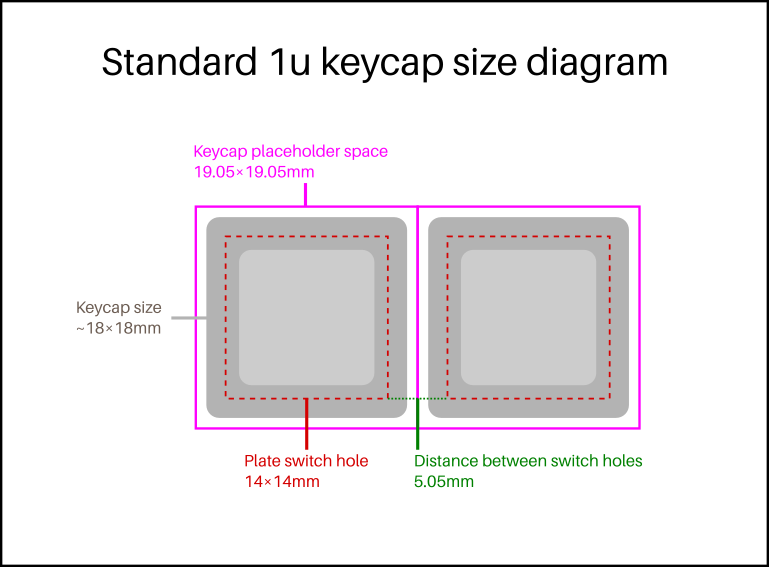
Full size (100%)
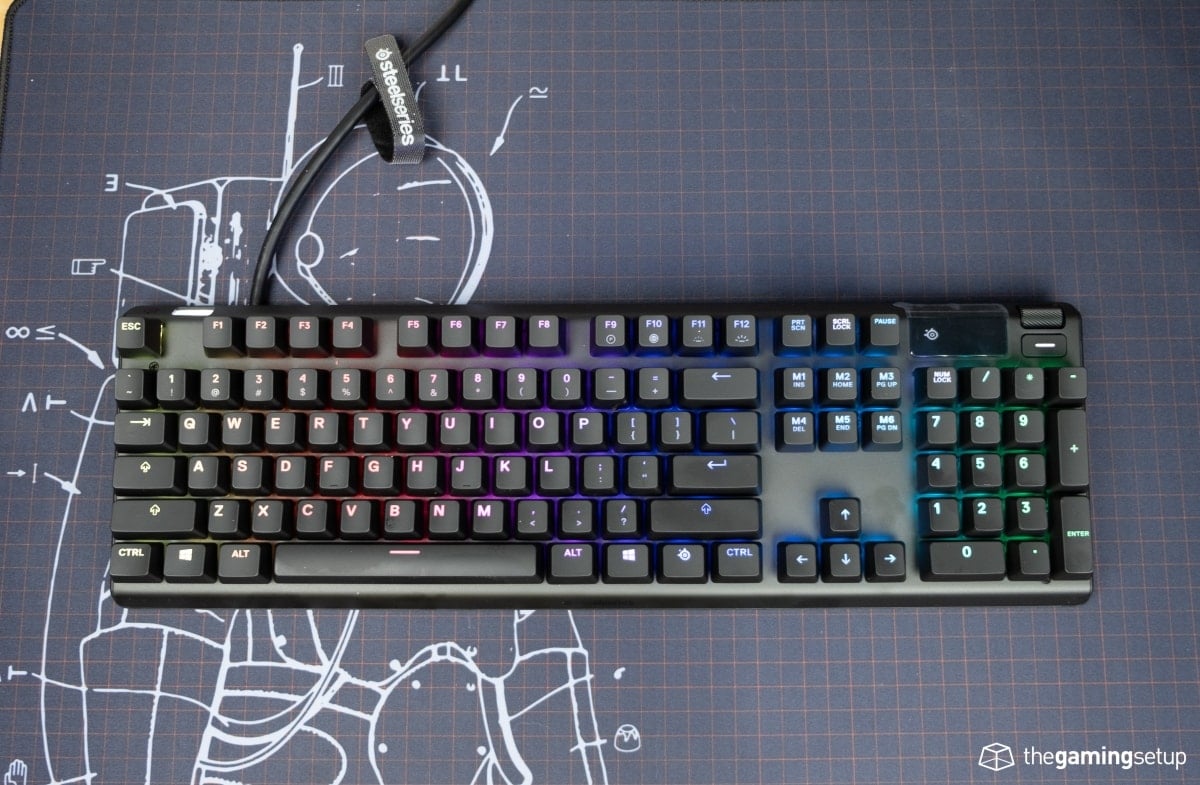
The keyboard layout that most people are familiar with.
Full size keyboards come with anywhere from 104 to 108 keys and typically span 22.5u or roughly 427.5mm in width, outside of specialty keyboards, they’re the widest option keyboard.
100% keyboards have the full spaced out function keys, arrow cluster, navigation and numpad with separation to easily identify keys.
A full size keyboard is definitely preferable for people doing a lot of number crunching. Get a 100% if you’re doing a lot of excel or data entry, key caps are easy to find and you just don’t want to learn new key placements.
If you don’t number crunch a lot, I would suggest going to a lower size for the space saving and ergonomic benefits.
Notable full size keyboards: Steelseries Apex Pro, Razer Huntsman Elite, Logitech G413, Varmilo VA108M, Ducky One 2, Ducky Shine
1800
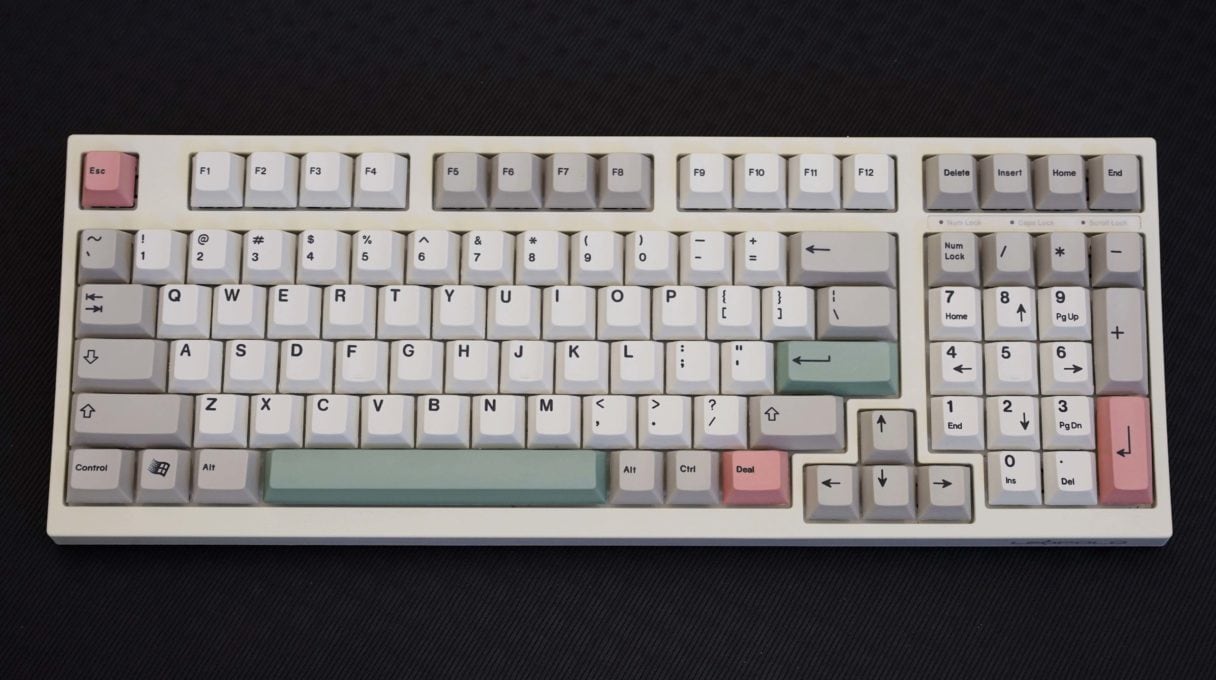
The 1800 takes the full size layout and squishes everything in a little tighter horizontally while potentially losing a few keys along the way.
At 19.25u, 1800 keyboards shave off 3.75u off a full size keyboard’s width by relocating navigation cluster to above the numpad and squeezing the numpad closer to the left.
1800 keyboards are rarer and require some more unique key cap sizes, so pick one up if you’re looking for something more unique.
Notable 1800 keyboards: Cherry G80-1800, Drop Shift, Leopold FC980m
96%
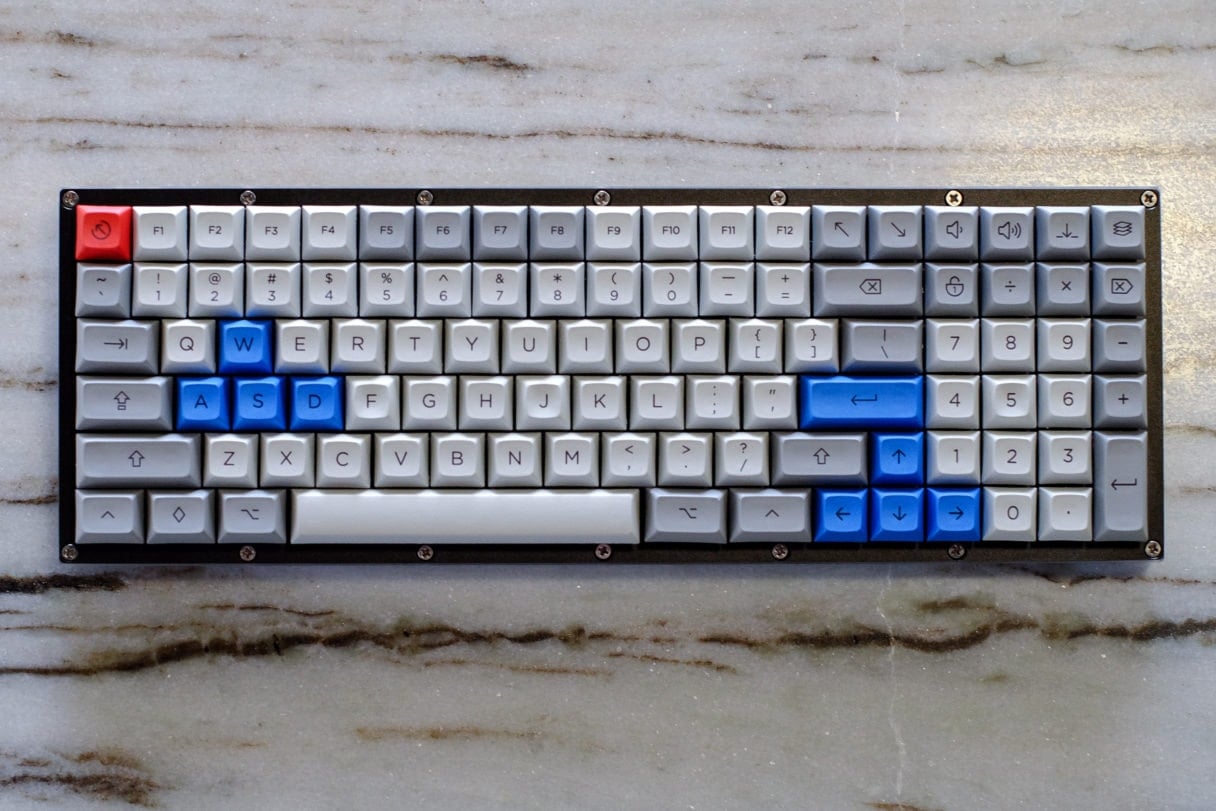
The 96% keyboard is nearly the same as the 1800 layout with no gaps, at 19u it saves about .25u of width compared to an 1800.
A 96% is made for people who want the goodness of the 1800 but want to be as space efficient as possible.
Notable 96% keyboards: Keychron K4, IQUNIX F96, YMDK 96, AKKO 100, Royal Kludge RK100,
Tenkeyless (TKL)
aka 80%
What I would consider a default option for gamers and most people who aren’t heavily processing numbers. The TKL is a full size keyboard that loses the numpad, saving 4.25u in width, leaving it with 88 total keys at 18.25u.
The TKL still has a full separated arrow cluster, navigation and function row, so there’s not much relearning that needs to happen.
Notable TKL keyboards: Durgod Taurus K320, Ducky One 2 TKL, Logitech G Pro X Keyboard, Glorious GMMK TKL, Razer Huntsman TE, SteelSeries Apex Pro TKL
75%
You can think of the 75% layout as a compact TKL keyboard, with 4 fewer keys, shedding 2 nav keys and the pause/lock keys, the arrow cluster is now right next to the right CTRL key. The 75% is a 16u in width, saving 2.25u compared to the TKL’s 18.25u.
There’s a bit of a learning curve with the 75% coming from a TKL, as you won’t be able to feel around for the corner of a cluster since your keyboard is all one group now. Get this keyboard if you’re looking for a compact TKL and need the function row.
Notable 75% keyboards: Vortexgear Race 3, Keychron K2, Drevo Excalibur, Epomaker NiZ Plum 84 Pro
65%
A 65% keyboard is the same width as the 75% (16u) without the function row up top, it is 1u wider than a 60% layout.
The 65% layout is quite popular as it is quite compact while maintaining a good amount of functionality, primarily the arrow keys.
Notable 65% keyboards: Durgod Hades 68, Ducky One 2 SF, Leopold FC660M, Drop Alt, Keychron K6, Qisan Magicforce 68
Related: Our best 65% keyboard picks
60%
The 60% layout is 15u wide, one column less than the 65%. Most notably, it does away with the arrow keys, numpad ,navigation keys and function row, hiding them behind a function layer.
The 60% keyboard layout has been popularized by streamers such as Tfue. 60% layouts are fairly common as this is the OG compact keyboard.
Get a 60% keyboard and you’re really looking for the aesthetic or spave saving aspects of the compact layout. I would skip the 60% if you rely on the F keys or arrow keys a lot during regular usage.
Notable 60% keyboards: Ducky One 2 Mini, Anne Pro 2, Razer Huntsman Mini, Glorious GMMK Compact
Related: Our best 60% keyboard picks
50%
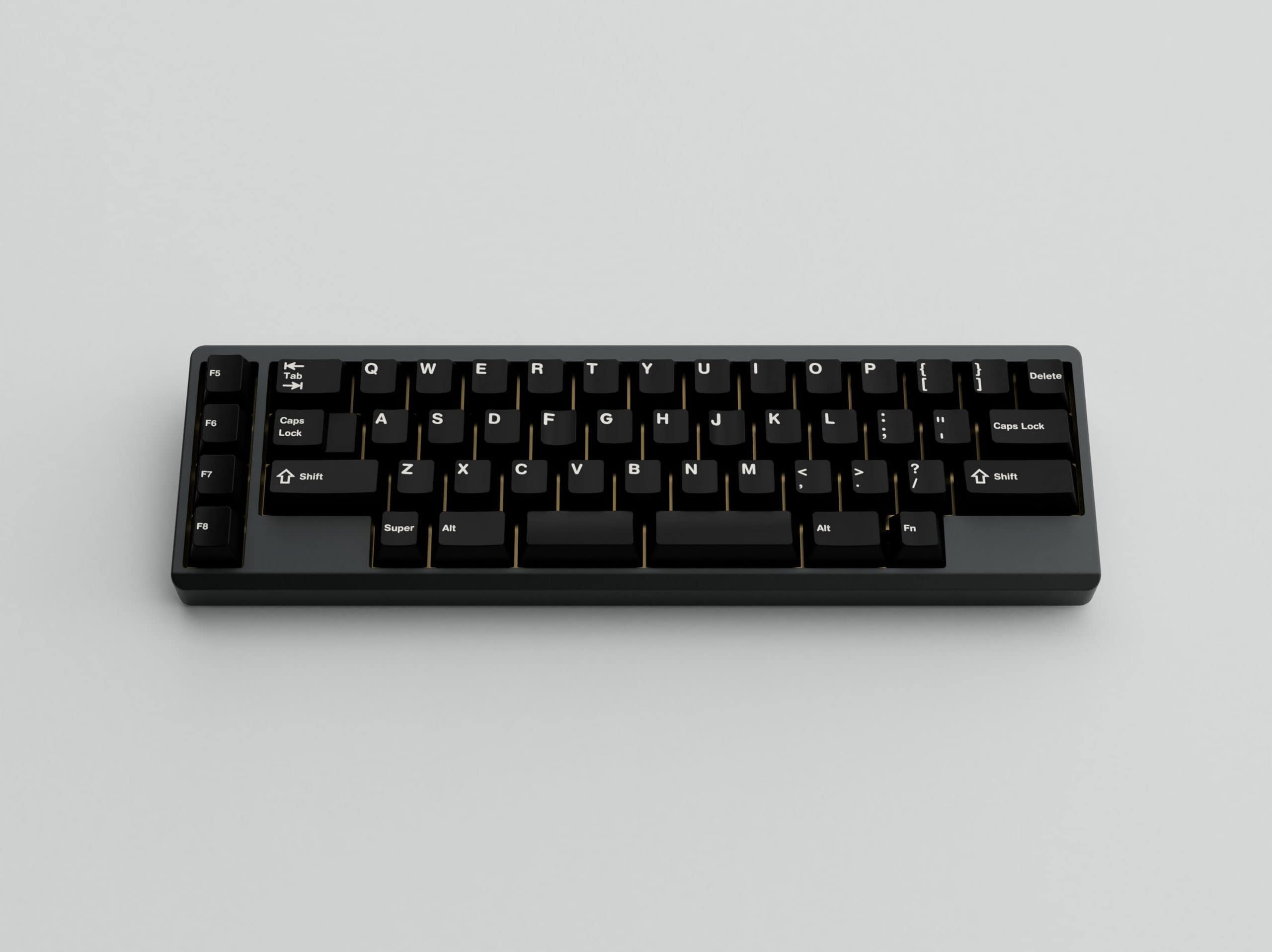
The 50% layout is quite unique and not very common, we’re into custom keyboard territory. The 50% layout is actually the same width or wider than the 60%, the layout adds a macro column to the left of the keyboard, while doing away with the number row, on top of missing the function row, numpad, navigation keys and arrows.
The 50% saves an entire row in keyboard height, while adding some unique functionality in offering a macro column.
Get a 50% keyboard if you want something unique and new, and you really want a compact form factor with some macro functionality.
Don’t get a 50% if you need the number row easily accessible.
Notable 50% keyboards: Minivan keyboard
40%
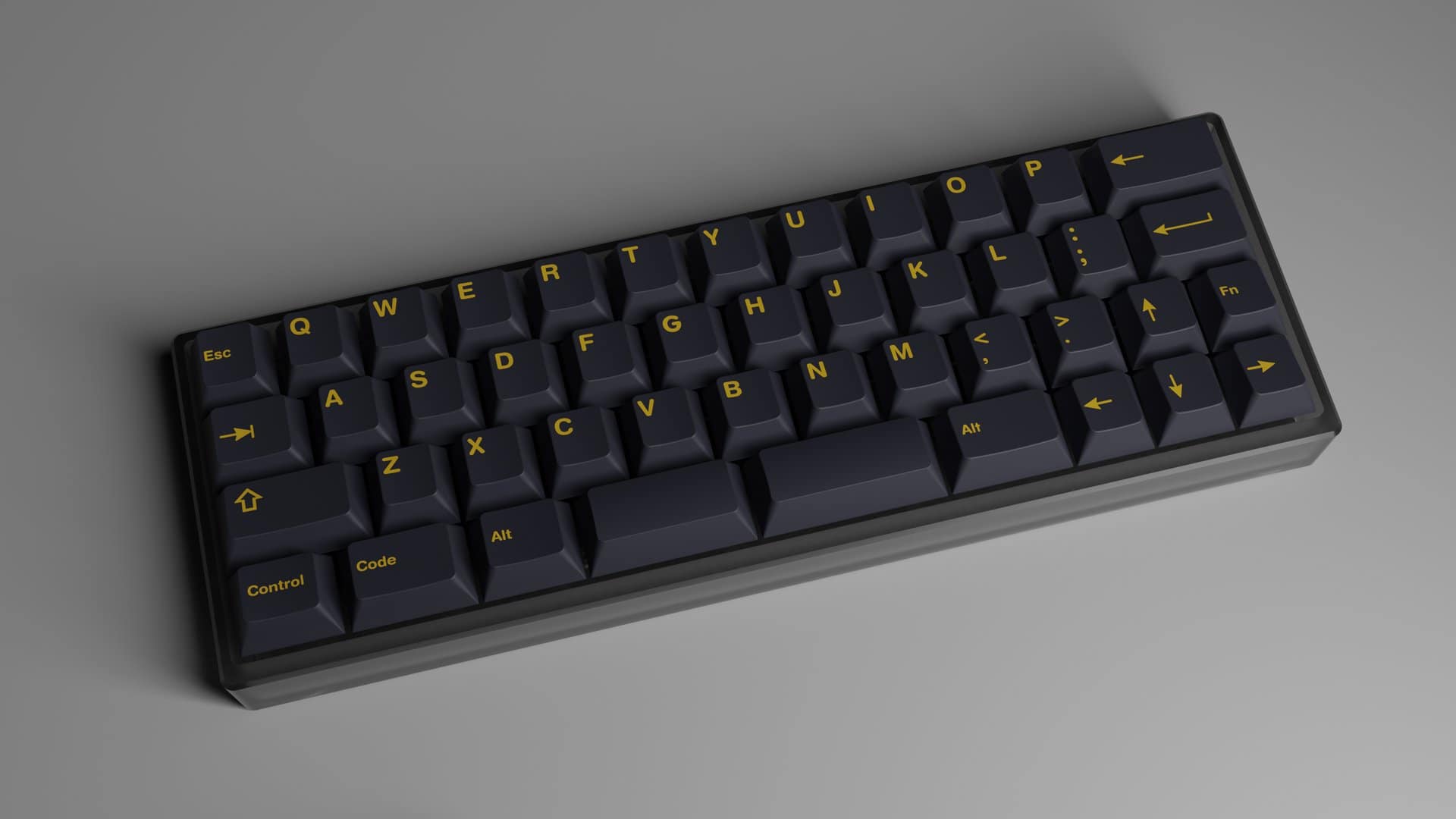
40% are absolutely tiny keyboards, with a 12u width and 4u height, the 40%’s are usually highly customizable to allow you to program the functionality you want on less than 50 keys.
40% has no number row, no function keys, no navigation keys and often times no punctuation keys.
These keyboards often have a longer learning curve, but the people that get used to 40%’s swear by them, the shortcuts become second nature.
Get a 40% keyboard if you’re looking to really optimize your space usage and are willing to put in time to configure your own input layout.
Don’t get a 40% if you’re looking for something to quickly pick up and use.
Notable 40% keyboards: Planck Ez, Vortexgear Core 40%, Qisan 40%
This collection is empty
Continue shopping